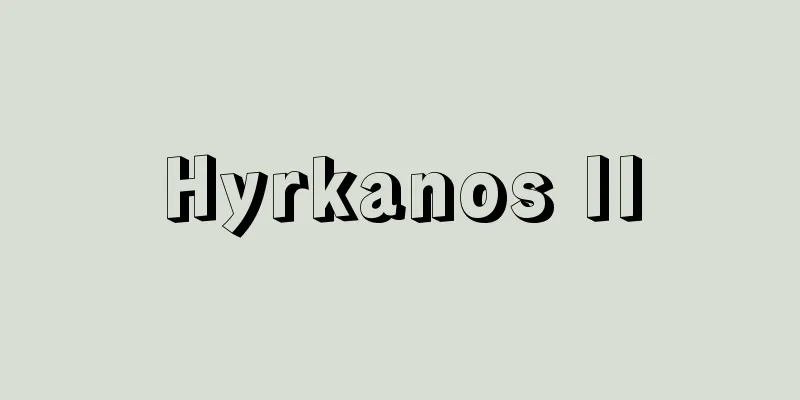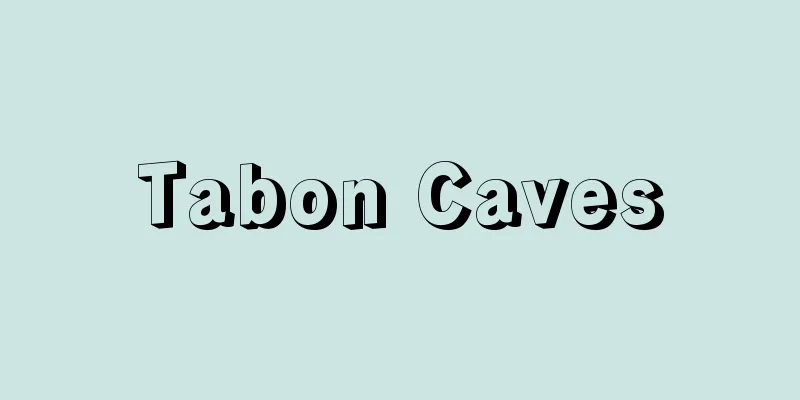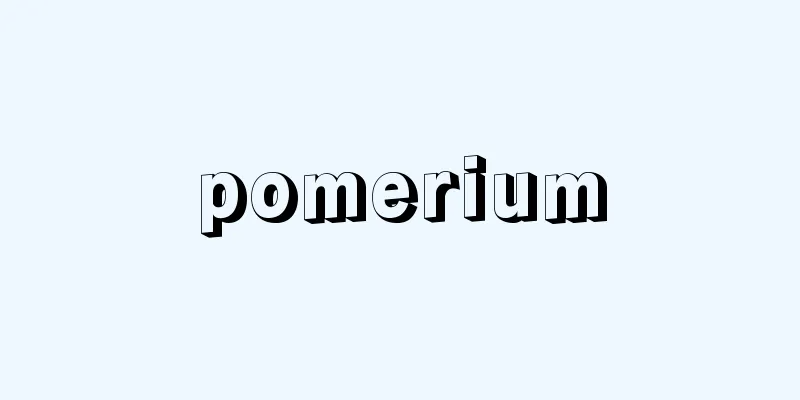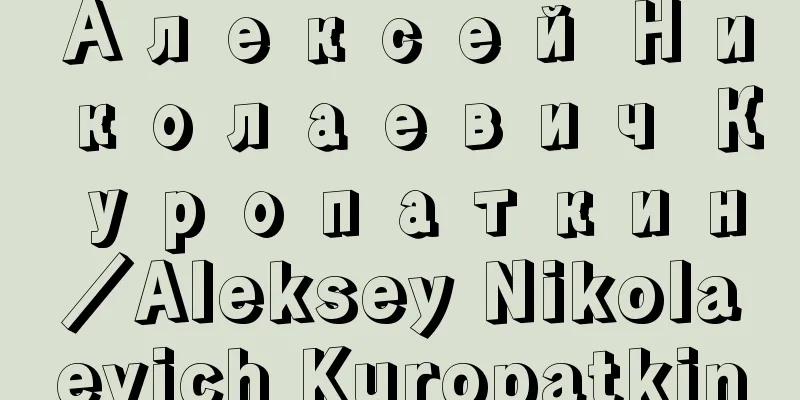Postwar literature

|
Many of the first wave of postwar writers, who were born between 1909 (Meiji 42) and 1915 (Taisho 4), and are part of the "prewar generation," including Haniya Yukio, Shiina Rinzo, Takeda Taijun, Noma Hiroshi, Umezaki Haruo, and Ooka Shohei, were baptized into socialist ideology before the war and experienced the war. Building on these negative experiences, after the war they each adopted their own unique metaphysics, Christian or Buddhist worldviews, or the idea of the holistic novel (a comprehensive portrayal of both the inner world of the individual and the society that embraces it), and used their imagination to confront their wartime experiences and the reality of the postwar world. In contrast, writers from the "wartime generation" born between 1915 and 1924, such as Kojima Nobuo, Yasuoka Shotaro, Shono Junzo, and Yoshiyuki Junnosuke, were sometimes mockingly called the "Third New Writers" for their lack of thought. They placed no faith in ideas that came from outside the self, and instead used their sensitivity and language as weapons to carve out a narrow but certain world for themselves. With the exception of Kojima Nobuo, most of the "Third New Writers" were born in the early 1920s. The generation born exactly one generation later (12 years), in the early to mid-1930s, consisted of the so-called "introverted generation," such as Furui Yoshikichi, Goto Akio, and Kuroi Senji, who sought to find truth only in the ego and individual situations, and a group of writers such as Kaiko Takeshi, Ishihara Shintaro, Eto Jun, Oe Kenzaburo, and Kurahashi Yumiko, who tackled the themes of situational participation and action in their own ways. Roughly one generation below them is the Zenkyoto generation, which includes Nakagami Kenji, Murakami Haruki, and Murakami Ryu. (Ken Inoue, Professor, Graduate School of Arts and Sciences, University of Tokyo / 2007) Source : "Chiezo" published by Asahi Shimbun Publications Co., Ltd. About Chiezo |
|
埴谷雄高、椎名麟三、武田泰淳、野間宏、梅崎春生、大岡昇平など、1909(明治42)年から15(大正4)年にかけて生まれた「戦前派」である、第1次戦後派文学者たちの多くは、戦前に社会主義思想の洗礼を受け、戦争を体験した。そうした負の体験を踏まえて、戦後は、独自の形而上学、キリスト教的世界観、仏教的世界観、全体小説(個人の内なる世界、それを包み込む社会の双方を総合的に描く)の理念などをそれぞれに掲げて、戦争体験、戦後世界の現実に、想像力をもって対峙していった。これに対して、15年から24年にかけて生まれた小島信夫、安岡章太郎、庄野潤三、吉行淳之介など、時にその無思想性を揶揄して「第三の新人」と呼ばれた「戦中派」の作家たちは、そうした自己の外から来る思想には一切の信を置かず、感性と言語を武器に、狭いけれども確かな、自己の世界を開拓していった。「第三の新人」たちは、小島信夫を除けばあとはほぼ20年代前半の生まれである。ちょうど一回り(12年)下の、30年代初めから半ばにかけて生まれた世代は、古井由吉、後藤明生、黒井千次など、自我と個人の状況にのみ真実を探らんとする、いわゆる「内向の世代」と、開高健、石原慎太郎、江藤淳、大江健三郎、倉橋由美子など、状況参加、行動というテーマにそれぞれの方法で改めて取り組んだ作家のグループからなる。そのほぼ一回り下が、中上健次、村上春樹、村上龍などの全共闘世代ということになる。
(井上健 東京大学大学院総合文化研究科教授 / 2007年) 出典 (株)朝日新聞出版発行「知恵蔵」知恵蔵について 情報 |
<<: Sensor - Sensa (English spelling) sensor
>>: 1,500th Poetry Contest - Sengohyakuban Utaawase
Recommend
Snapdragon - Goldfish
A perennial plant of the Scrophulariaceae family ...
Ader, C. (English spelling) AderC
…This was the path to perfection that researchers...
Aira [town] - Aira
An old town in Aira District, facing the northern ...
Mizunoya Banryu
1521‐96 (Taiei 1‐Keicho 1) A military commander in...
Autointoxication - Jikachuudoku (English spelling)
A poisoning caused by the toxicity of products pro...
Mitaka [city] - Mitaka
A city in central Tokyo. Established as a city in ...
Garuḍa (English spelling)
The name of a giant bird that appears in Hindu myt...
Karloff, B.
…The monster in the film was depicted as a kind o...
slalom
…Crash helmets are worn to prevent injury. (2) Sl...
Spinal ganglion
…In the spinal nerve region, sensory ganglia are ...
trans-avanguardia (English spelling)
...In Japan, in the late 1960s, Jun Miyagawa poin...
Ikke - Ikke
...In Japan, these two types of kinship organizat...
Alpenhorn - Alpenhorn (English spelling) German
A lip-reed aerophone used by shepherds in the Alp...
Reference electrode
It is also called a reference electrode, comparis...
Conquest of Koshu
This is the battle in 1582 (Tensho 10) in which Od...









